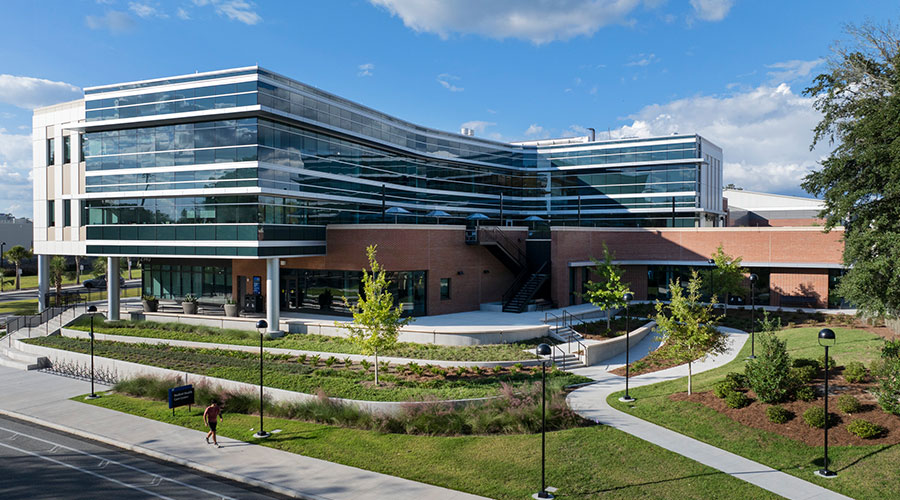How ‘Green’ Are You?
 Environmentally sound, or “green,” practices have received a lot of ink in the last three decades. But how much of an impact has this heightened attention had on the way commercial and institutional facilities operate?
Environmentally sound, or “green,” practices have received a lot of ink in the last three decades. But how much of an impact has this heightened attention had on the way commercial and institutional facilities operate?
A new study by the National Wildlife Foundation (NWF) finds that, in many cases, the nation’s colleges and universities have embraced many environmentally sound practices in terms of energy and water conservation, recycling, “green” purchasing, and grounds care practices.
The NWF survey compiled 1,116 responses from various officials at 891 colleges and universities — about 22 percent of all campuses — and reports these findings.
Energy and water conservation. About 81 percent of campuses have implemented lighting-efficiency upgrades in all or some campus buildings, 73 percent have implemented HVAC efficiency upgrades, and 72 percent have implemented water efficiency upgrades.
In addition, 52 percent of campuses have developed energy-efficiency design codes, and only one-half use life-cycle analysis for energy-project evaluation. Also, 24 percent report using renewable and alternate fuel sources — such as solar, wind, hydro, or fuel cells — to meet electric and HVAC demands. And about 36 percent of respondents say their organizations have an energy-conservation coordinator.
Recycling and use reduction. About 6 in 10 campuses report recycling or composting at least some of the municipal solid waste generated on campus, and 17 percent say they recycle or compost 40 percent or more of their waste.
But only one-half of the campuses report they have programs to encourage “green” purchasing. Only 7 percent of respondents say their organizations have a “green” purchasing coordinator, and only one-half of responding campuses have a recycling coordinator.
Grounds care. Sixty percent of respondents say they use an integrated pest management approach on their landscapes, and 51 percent report using native landscaping programs.
The NWF’s report — which is available to read and to download — also contains a wealth of additional information in other key areas of interest to maintenance and engineering managers, including reported levels of energy and water use, as well as electricity cogeneration efforts.
For those managers at the nation’s colleges and universities, the findings provide ample opportunity to benchmark their operations. But for managers in other types of facilities, the survey provides something of a road map to the most popular — and probably the most beneficial — “green” practices.
Related Topics:








 Environmentally sound, or “green,” practices have received a lot of ink in the last three decades. But how much of an impact has this heightened attention had on the way commercial and institutional facilities operate?
Environmentally sound, or “green,” practices have received a lot of ink in the last three decades. But how much of an impact has this heightened attention had on the way commercial and institutional facilities operate?



